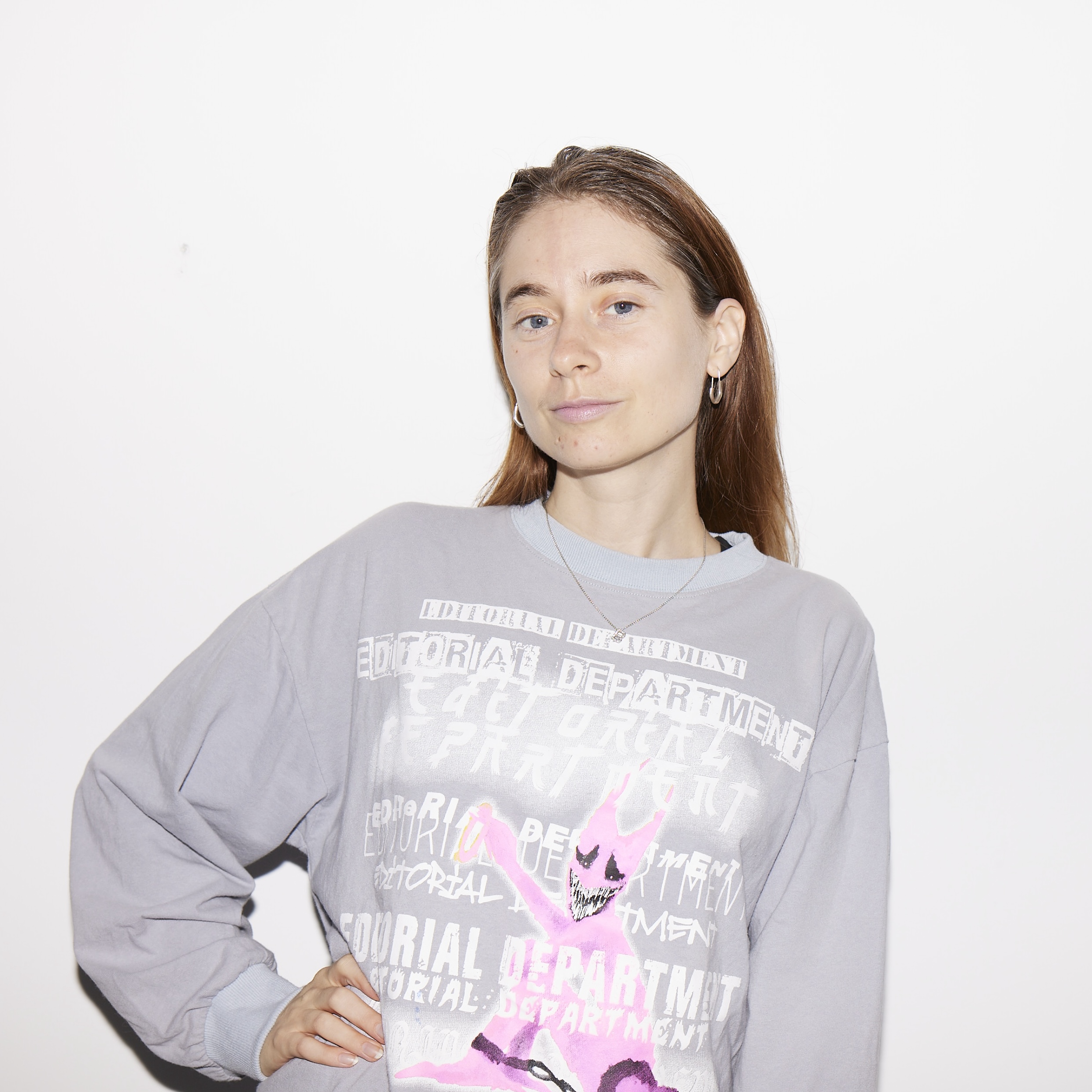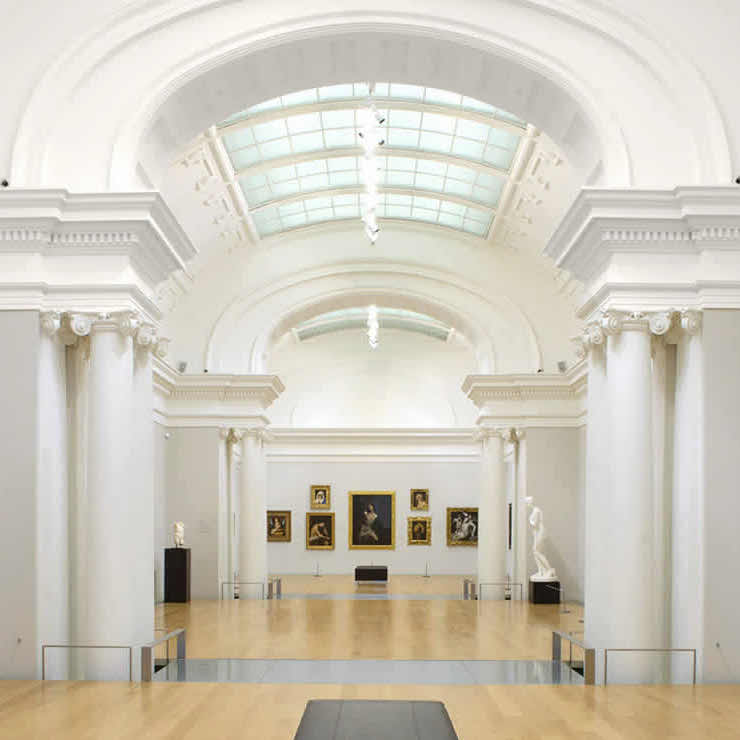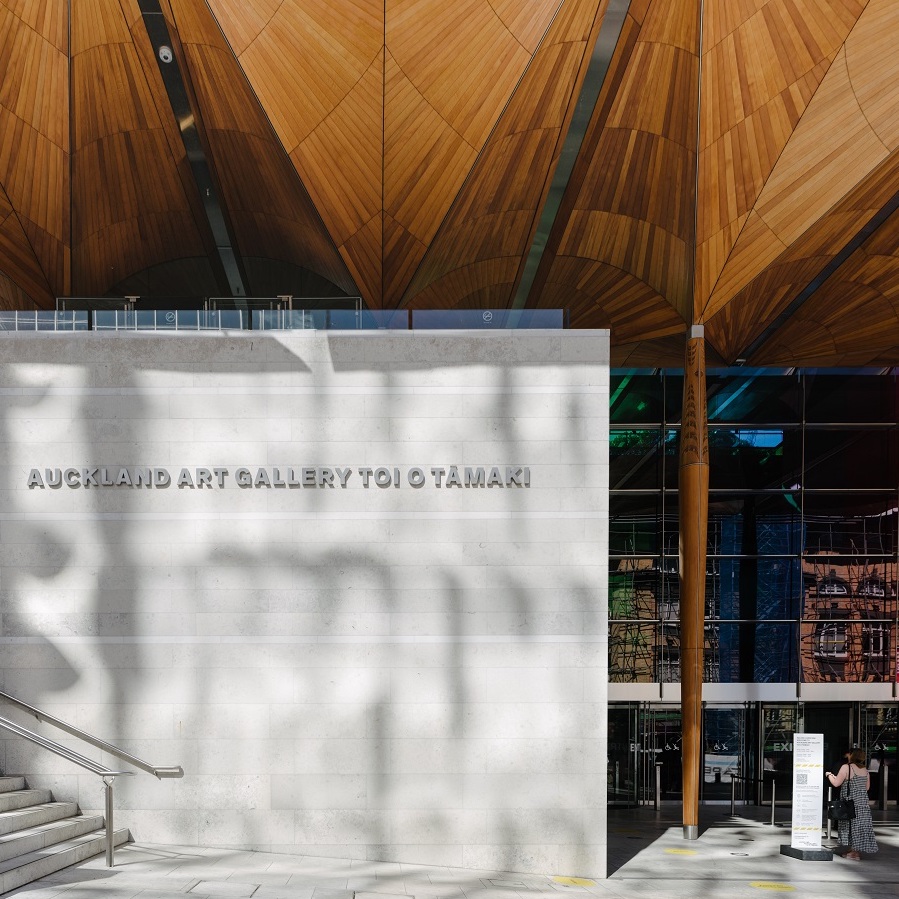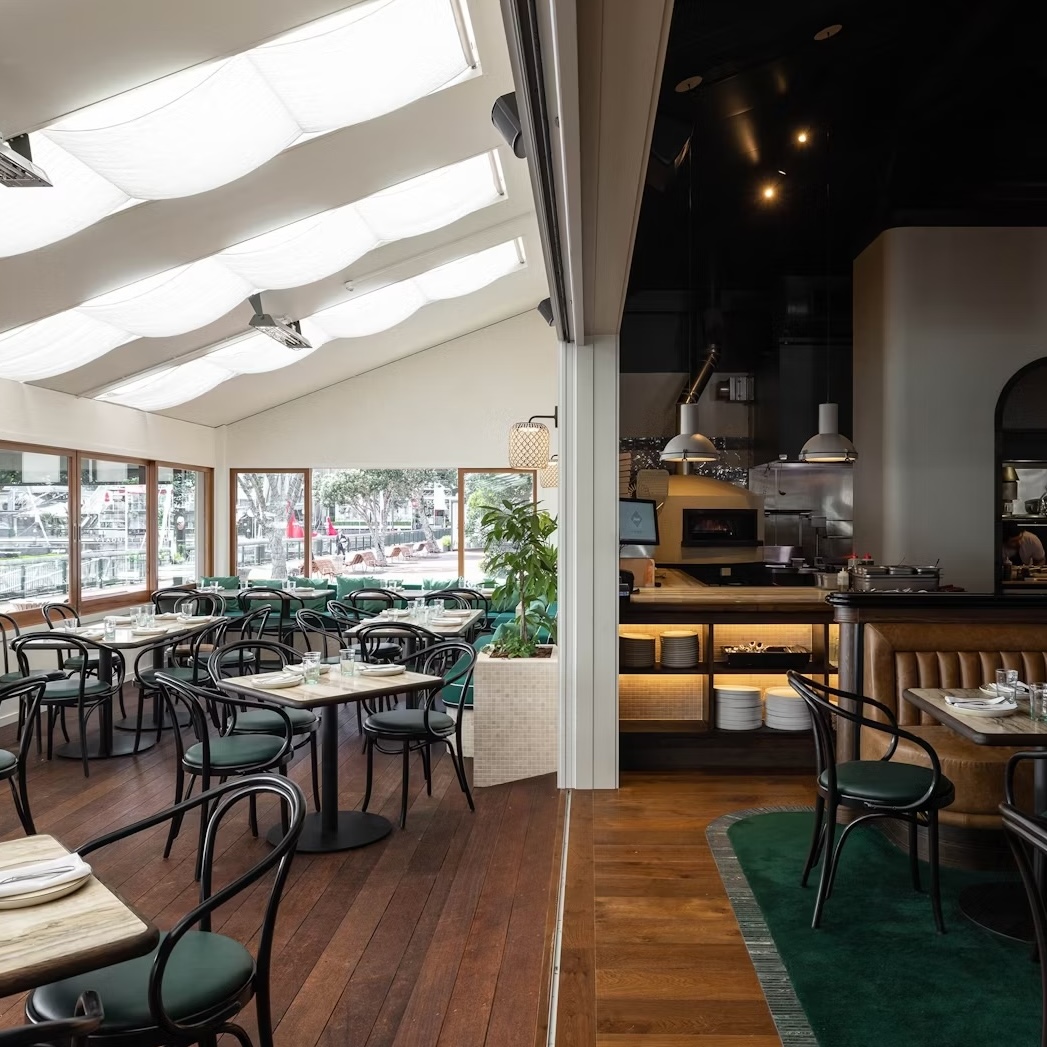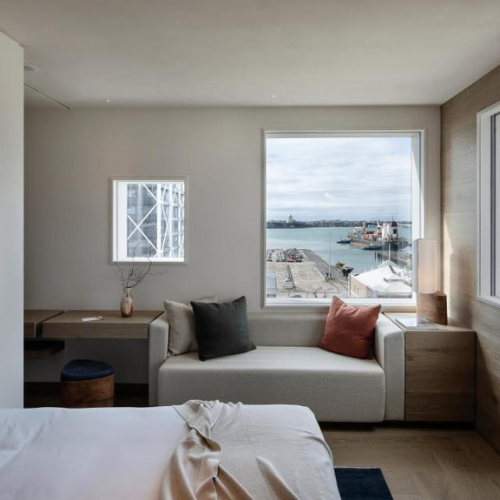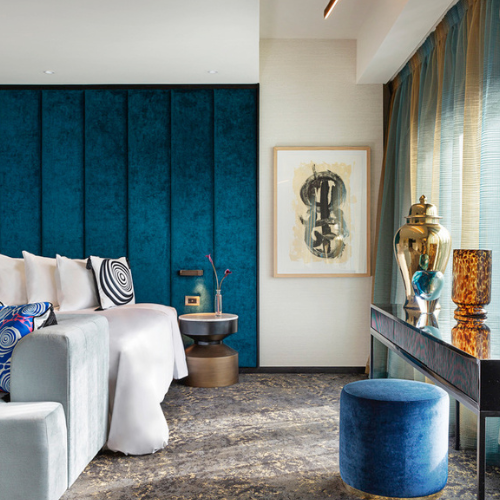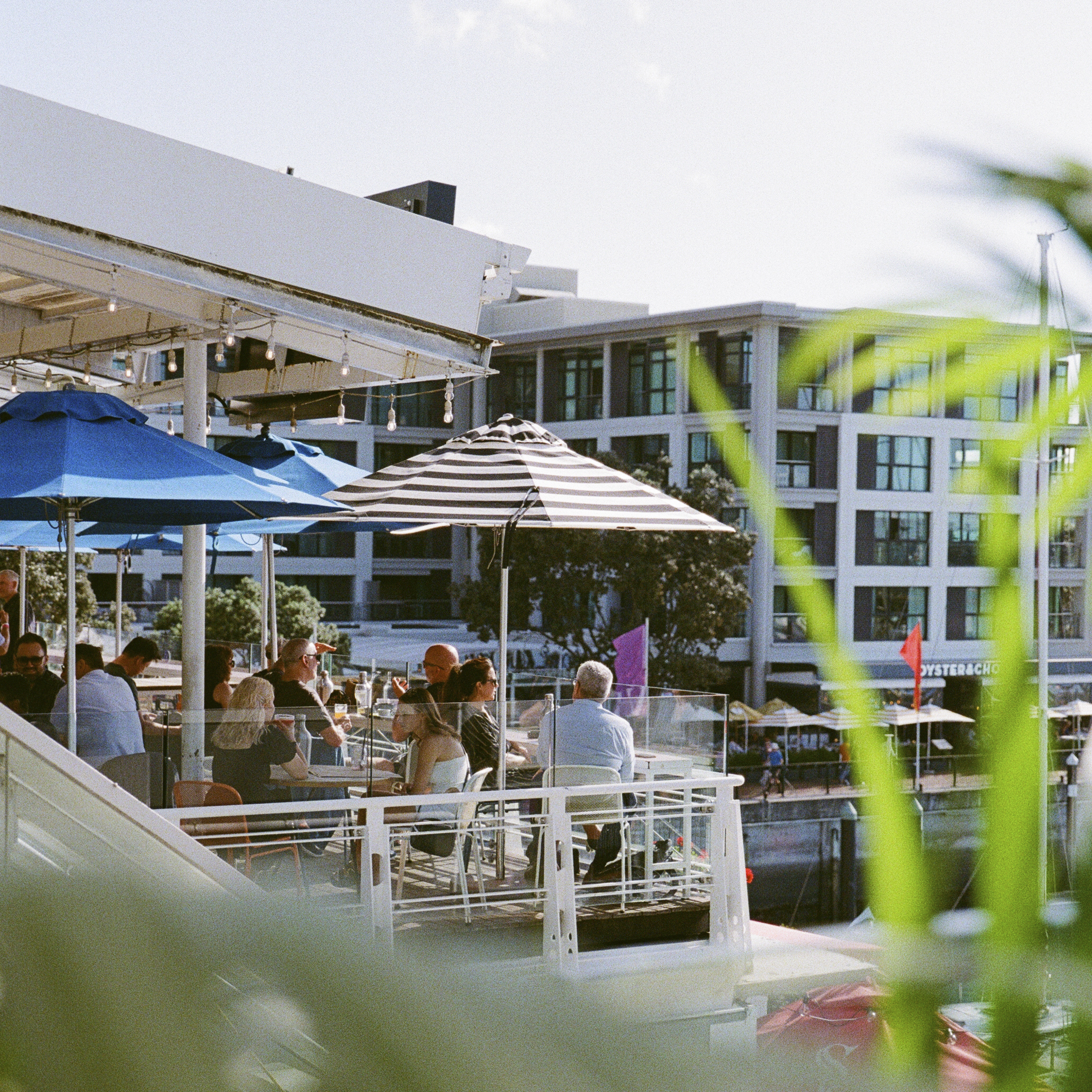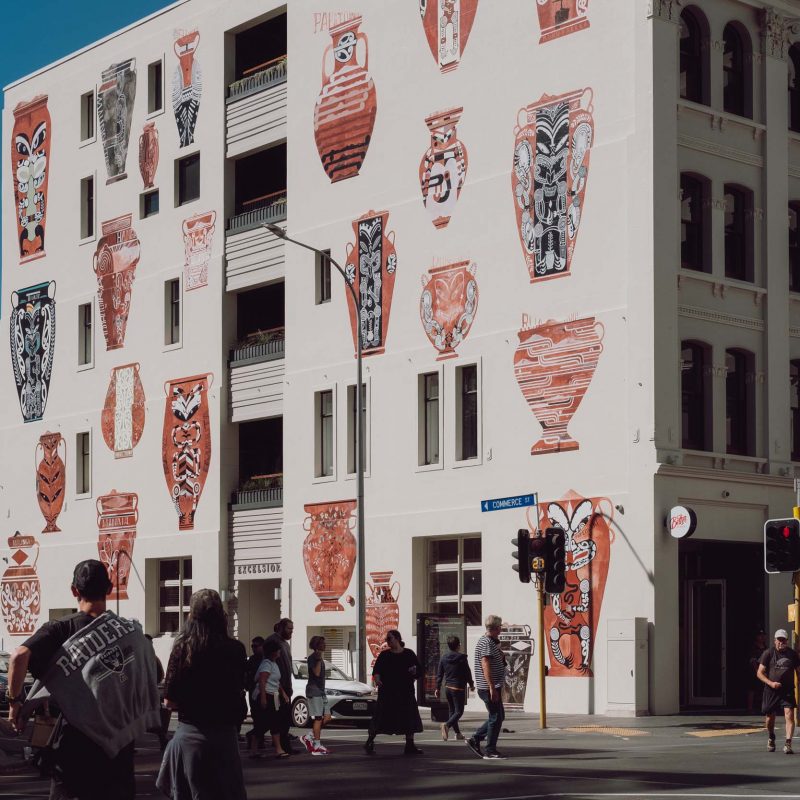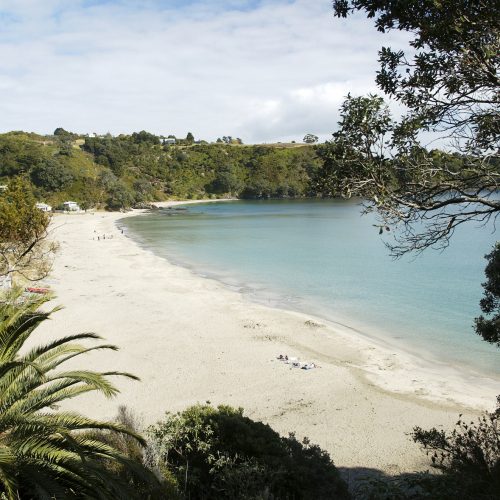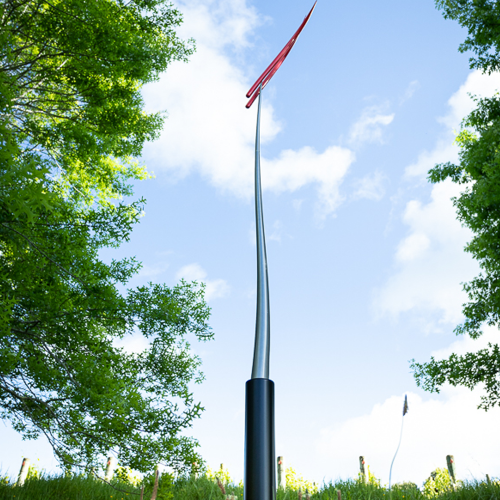The Aotearoa Art Fair is proud to partner with Chapman Tripp, one of New Zealand’s leading law firms, to support and showcase emerging artists. Becky Hemus, Editorial Director of Art News Aotearoa and Founder and Editor of The Art Paper, will curate Horizons, a new section of the Fair designed to highlight new emerging talent from across Aotearoa and the Pacific.
About Chapman Tripp: Chapman Tripp is a dynamic and innovative commercial law firm at the leading edge of legal practice. With offices in Auckland, Wellington and Christchurch, the firm supports clients to succeed across industry, commerce and government and is known as the ‘go to’ for complex, business-critical strategic mandates across the full spectrum of corporate and commercial law. In 2025 Chapman Tripp celebrates its 150th anniversary, marking a century and a half of positive impact, not only on its clients but also on its communities by offering funding, legal expertise, and volunteer time to make a meaningful difference across New Zealand. Learn More.
About The Curator: Becky Hemus is the Editorial Director at Fair Ground, an art magazine publishing company based in Aotearoa. Becky founded The Art Paper in 2020, an art and sometimes fashion magazine that encourages a new guard of ascendant creatives through nuanced writing and iconic portrait shoots. The magazine also hosts events in their office in Tāmaki Makaurau. In 2022 she came on board as the Editorial Director at Art News Aotearoa, New Zealand’s longest-serielled contemporary art magazine having published 199 issues since 1979. Previously, Becky worked with artists on large-scale public commissions and curatorial gallery projects for over a decade. She also co-founded May Fair Art Fair, an alternative digital art fair that showcased more than 40 independent artist and artist-run booths.
